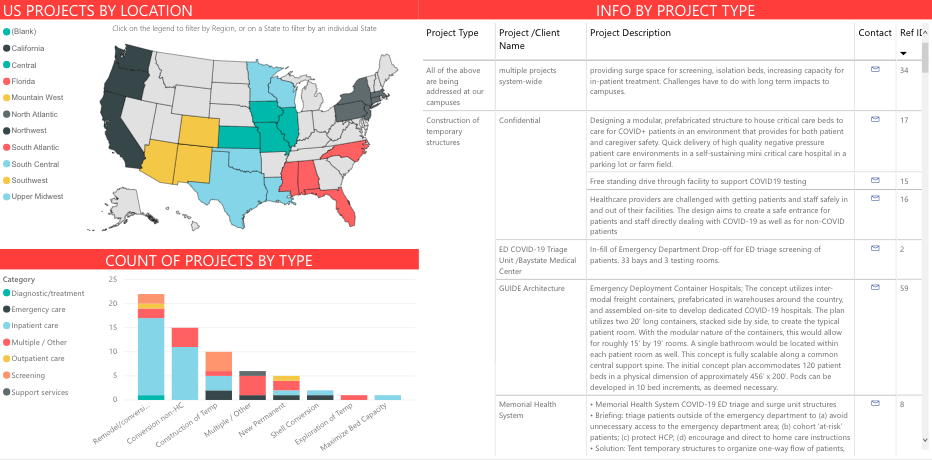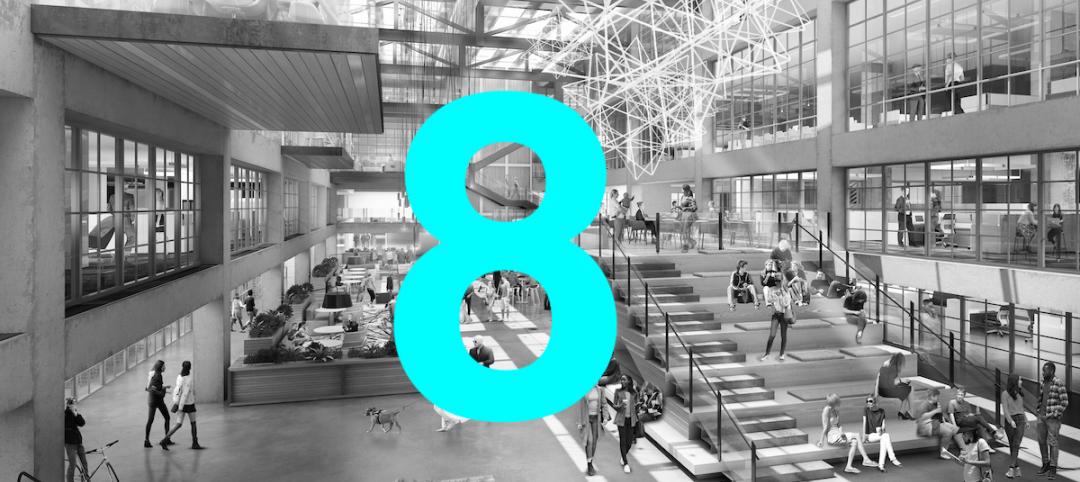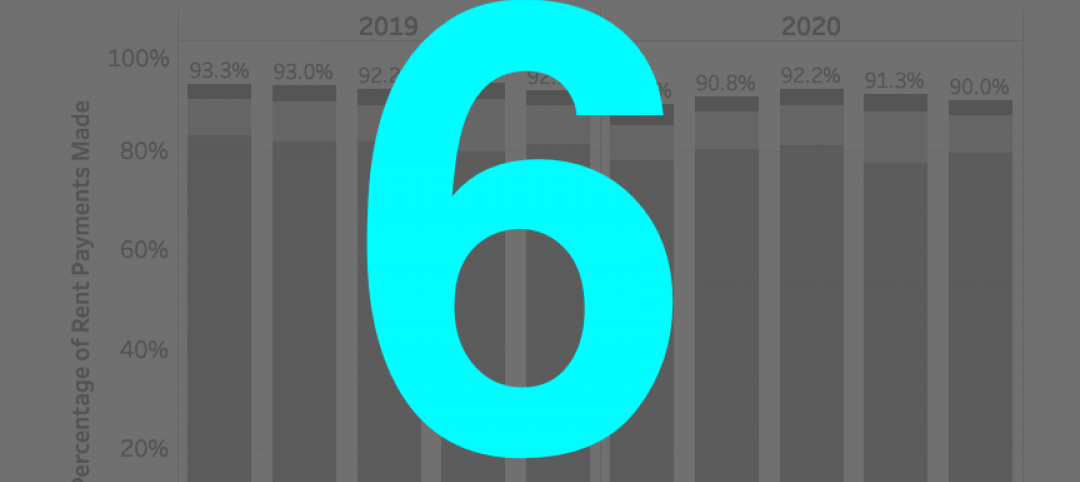As communities across the country race to expand available hospital bed space in response to COVID-19, an American Institute of Architects (AIA) task force is providing a new tool for public officials to quickly identify buildings suitable to be adapted for patient care.
The COVID-19 Alternative Care Sites Assessment Tool provides a checklist highlighting important areas to consider when evaluating buildings, such as convention centers, sports arenas, community centers, hotels, dormitories and other spaces, to be used for temporary healthcare operations during a pandemic. The tool is intended to help individuals—who are not healthcare design experts—with a rapid evaluation of buildings compatible for supporting patient care operations; providing for the needs and safety of healthcare staff and patients; and mitigating the spread of disease.
“This tool is geared toward flexible and rapid decision making during a public health pandemic,” said Task Force Chair Dr. Molly Scanlon, FAIA, FACHA, who is an environmental health scientist at Phigenics. “Our goal was to synthesize decades of healthcare knowledge and experience into a checklist reflecting the key essential elements of healthcare operations to reduce risk and increase safety at an alternative care site.”
The task force developed the tool using established healthcare design best practices and standards in combination with federal documents issued during the COVID-19 crisis. Additionally, professional input was provided from trained and experienced health care architects, engineers, life-safety consultants, front line health workers, and hospital facility operations. A comprehensive briefing of the task force’s initiatives is available on AIA’s website.
Last Friday, the task force launched an online resource to facilitate sharing of built environment solutions when responding to COVID-19 surge capacity. As part of the effort, architects, designers, engineers and facility managers are asked to provide project information and images of COVID-19 alternative care sites into an online database. The facility and its location will appear on an online global map produced and quality controlled by the University of Kansas’ Institute of Health + Wellness Design. The taskforce developed the tool to catalog current public health and healthcare facility response and to create a research database for future pandemics.
AIA’s task force was launched to support the COVID-19 response. It is comprised of architects with a wide range of expertise, including healthcare facility design, urban design, public health and disaster assistance.
Related Stories
Coronavirus | Aug 27, 2020
8 must reads for the AEC industry today: August 27, 2020
Extended-stay hotels are the lodging sector's safest bet, and industrial real estate faces short-term decline.
Coronavirus | Aug 25, 2020
Co-living firm Common issues RFP for the future home office and work hub
Common, the U.S.’s largest co-living company, recently released an RFP for a “Remote Work Hub” to blend work and life from the ground up.
Coronavirus | Aug 25, 2020
Video: 5 building sectors to watch amid COVID-19
RCLCO's Brad Hunter reveals the winners and non-winners of the U.S. real estate market during the coronavirus pandemic.
Coronavirus | Aug 25, 2020
6 must reads for the AEC industry today: August 26, 2020
Big-box retailers’ profits surge, and rent payment tracker finds 90% of apartment households paying rent.
Coronavirus | Aug 25, 2020
7 must reads for the AEC industry today: August 25, 2020
Medical office buildings get a boost by demand and capital, and why the COVID-19 pandemic is increasing the need for telemedicine.
University Buildings | Aug 20, 2020
Student housing in the COVID-19 era
Student housing remains a vital part of the student and campus experience.
Coronavirus | Aug 17, 2020
Covid-19 and campus life: Where do we go from here?
Campus communities include international, intergenerational, and varied health-risk populations.
Coronavirus | Aug 10, 2020
Reimagining multifamily spaces in the COVID era
Multifamily developments pose unique challenges and opportunities.
Coronavirus | Aug 3, 2020
Exploring the airborne transmission of the coronavirus and strategies for mitigating risk
Health authorities say it’s important to understand the dangers of microdroplets. How might indoor ventilation need to change?
















